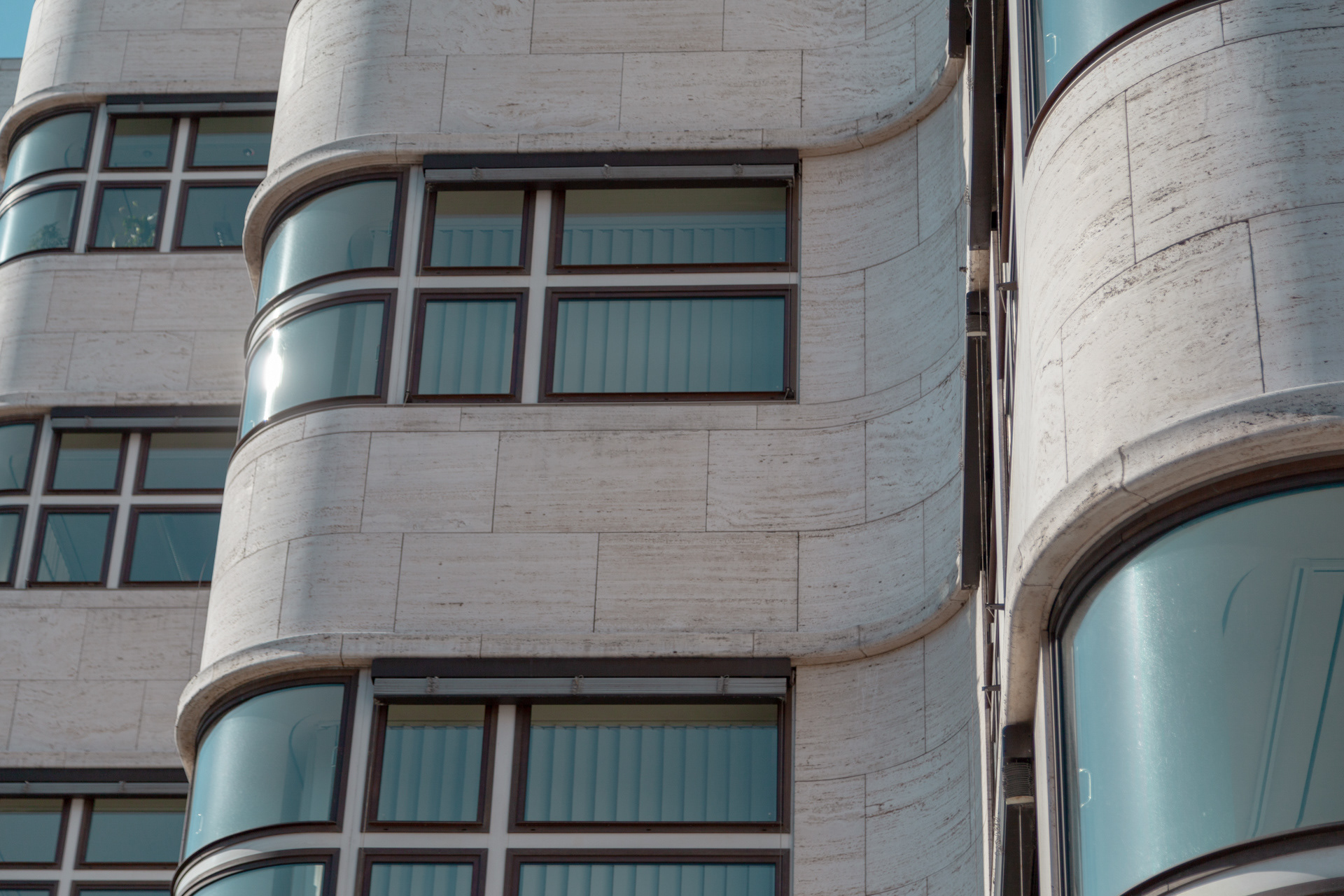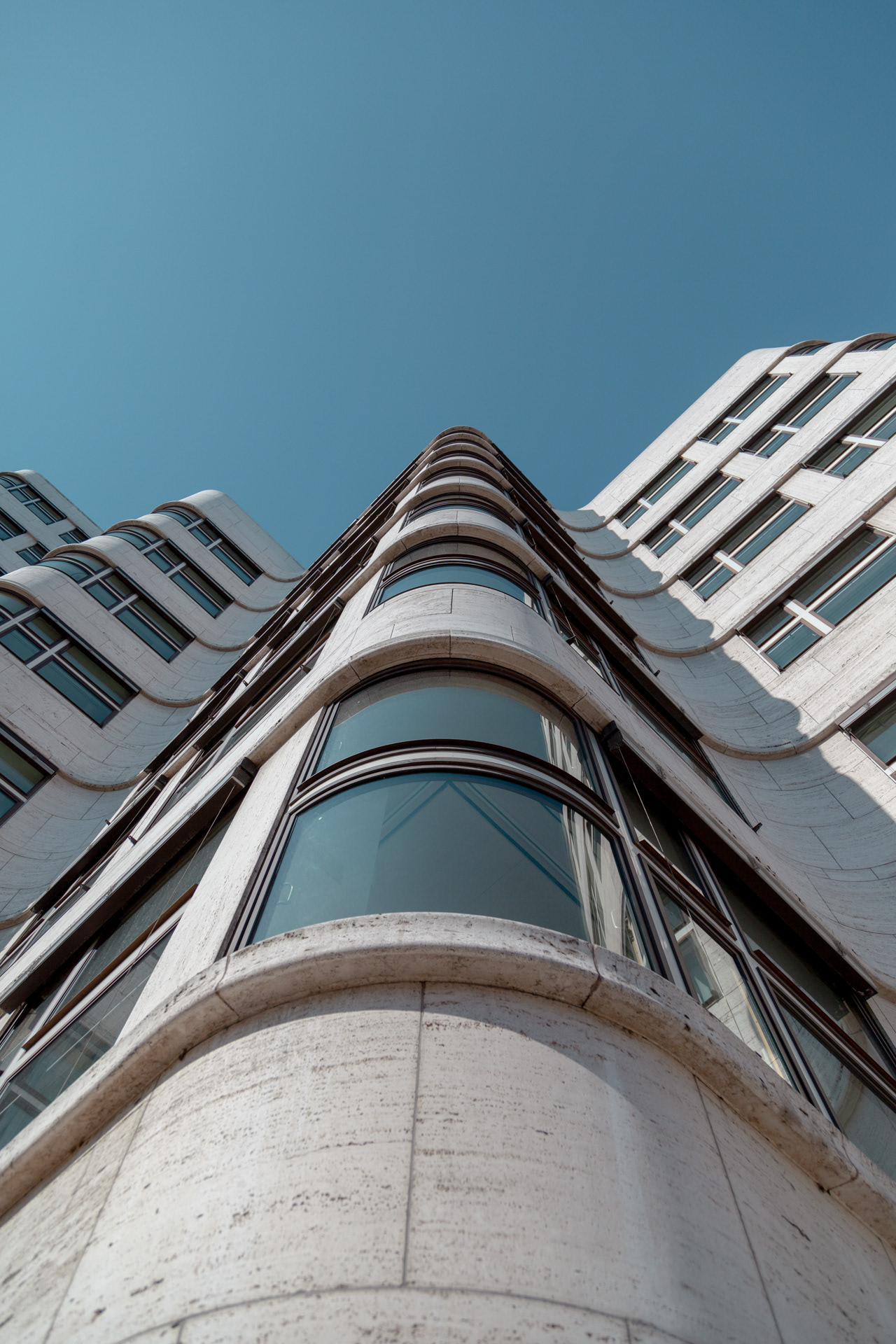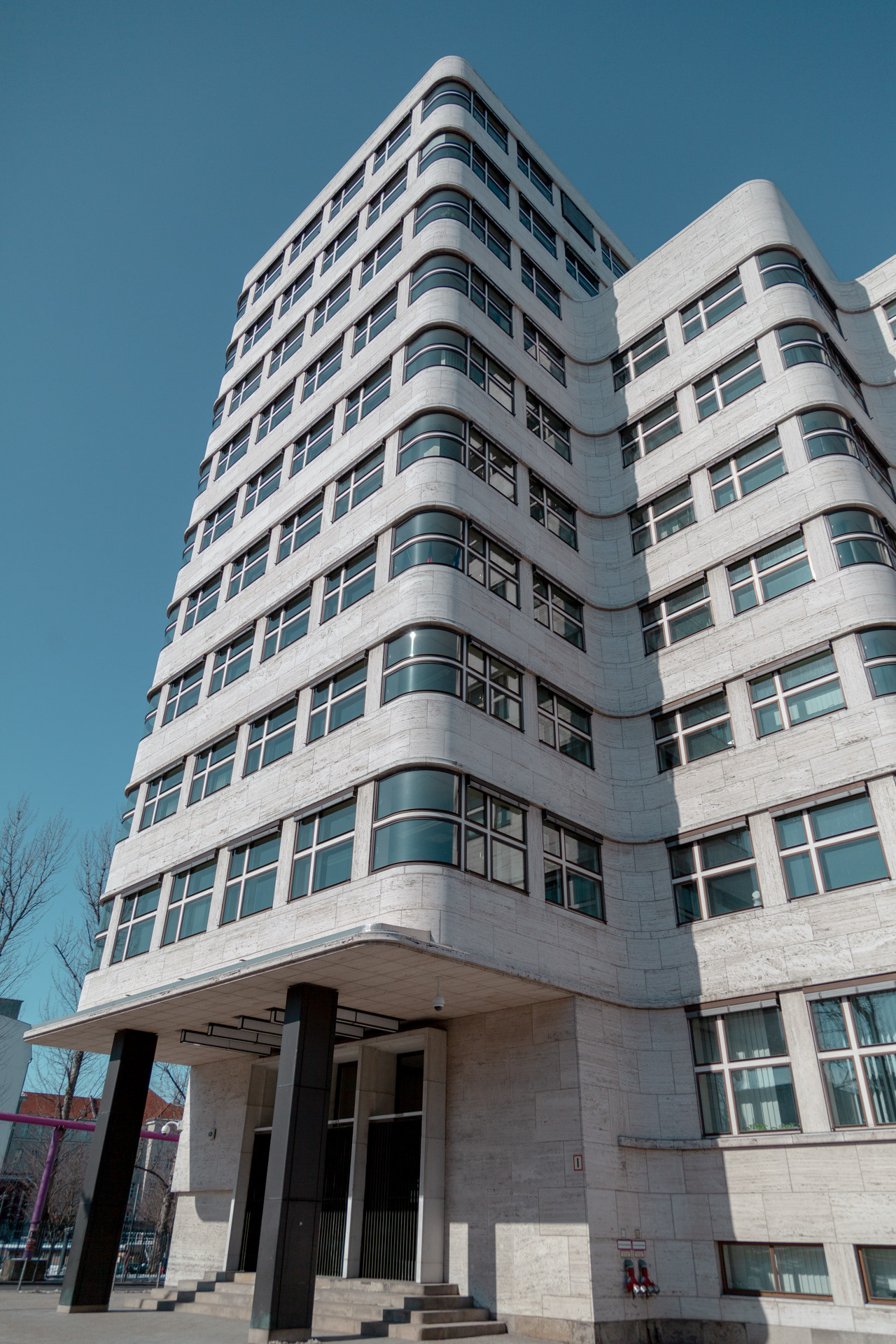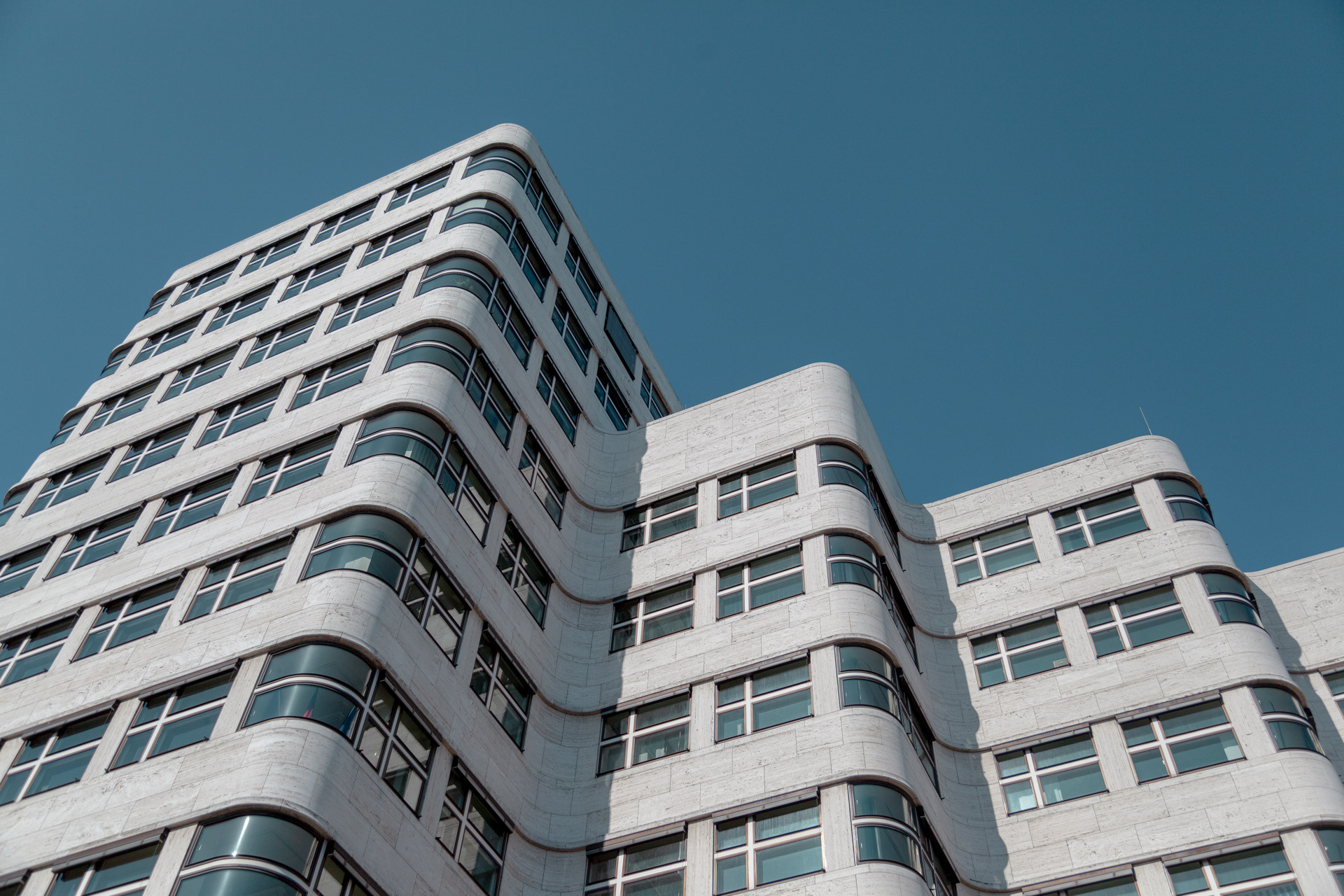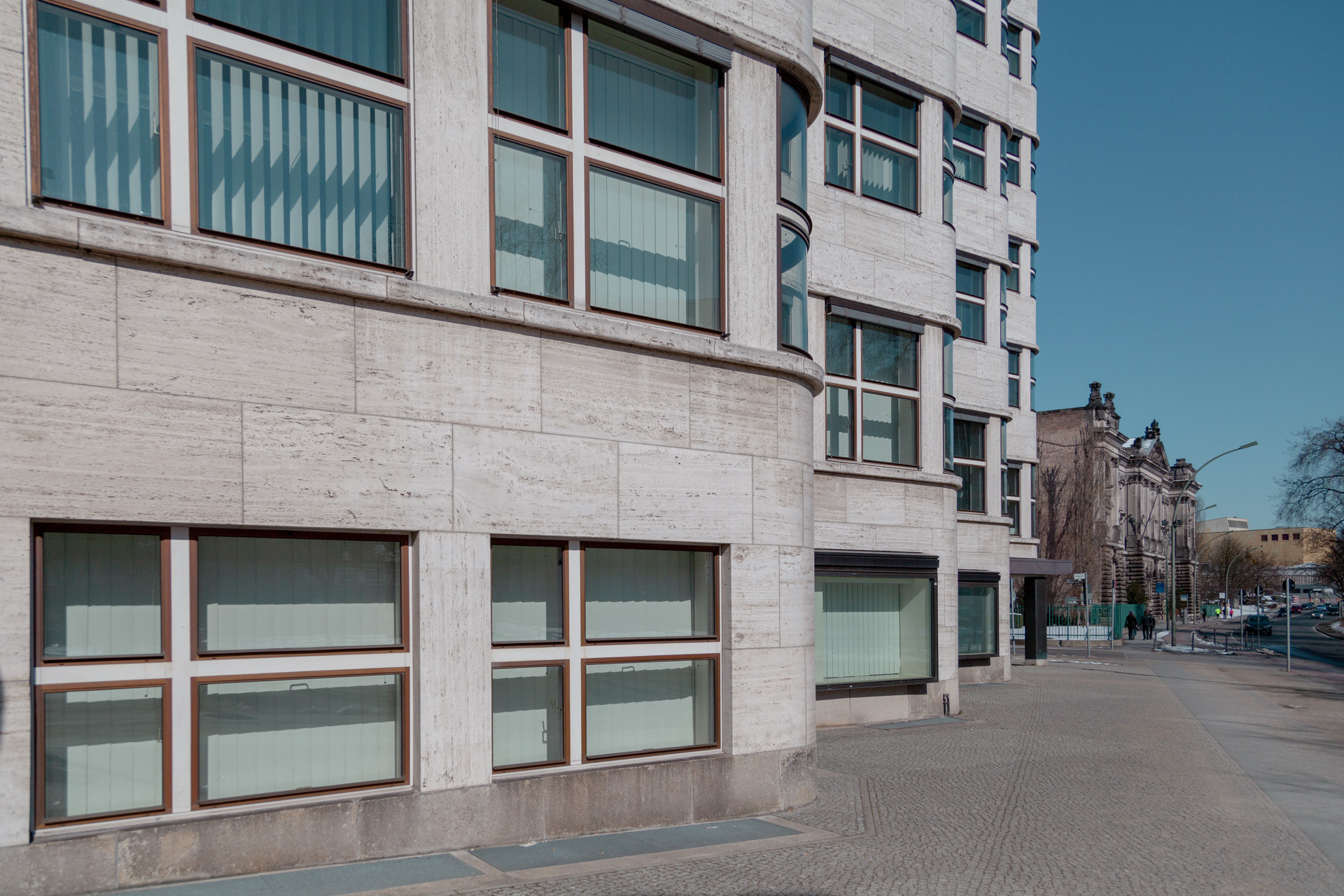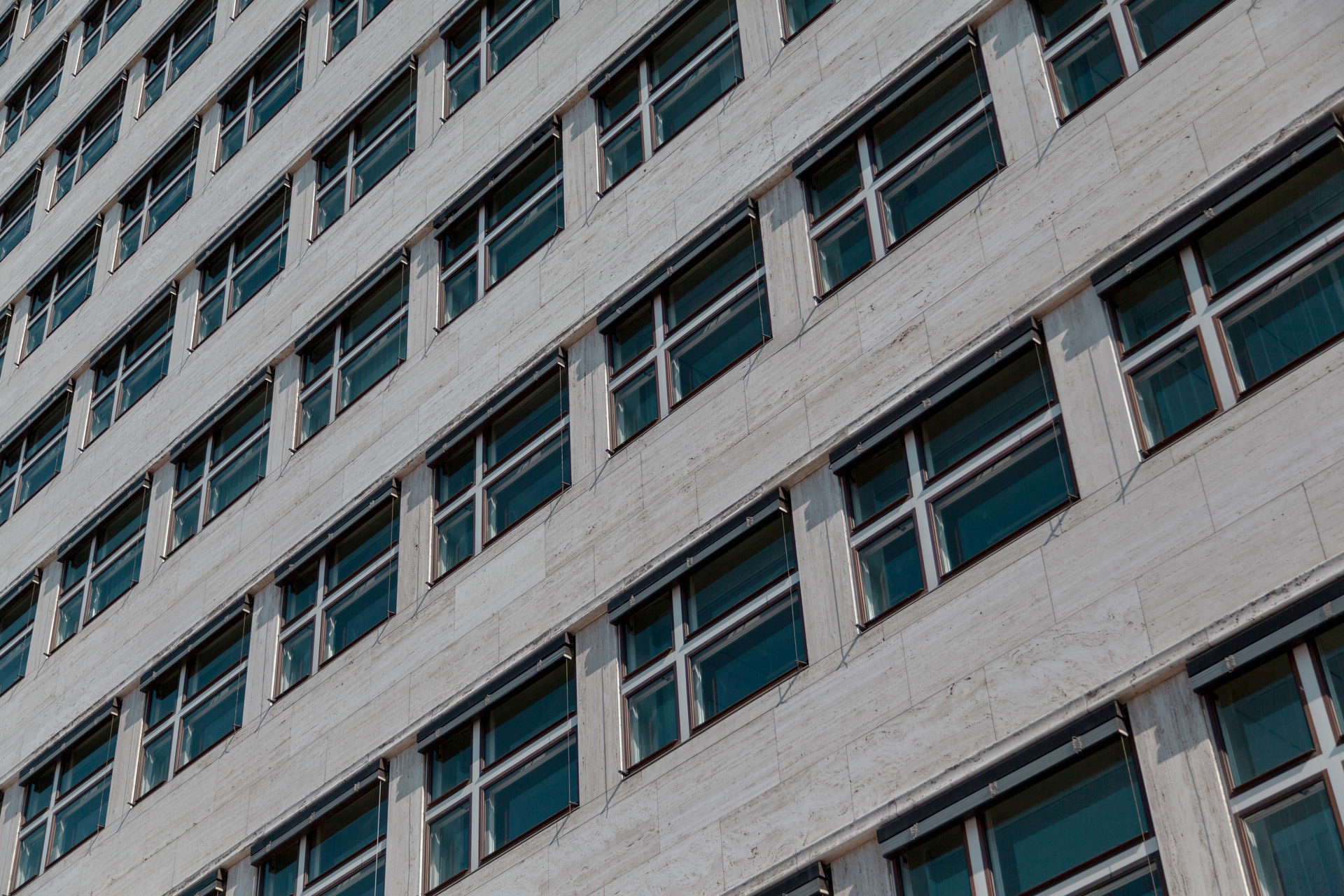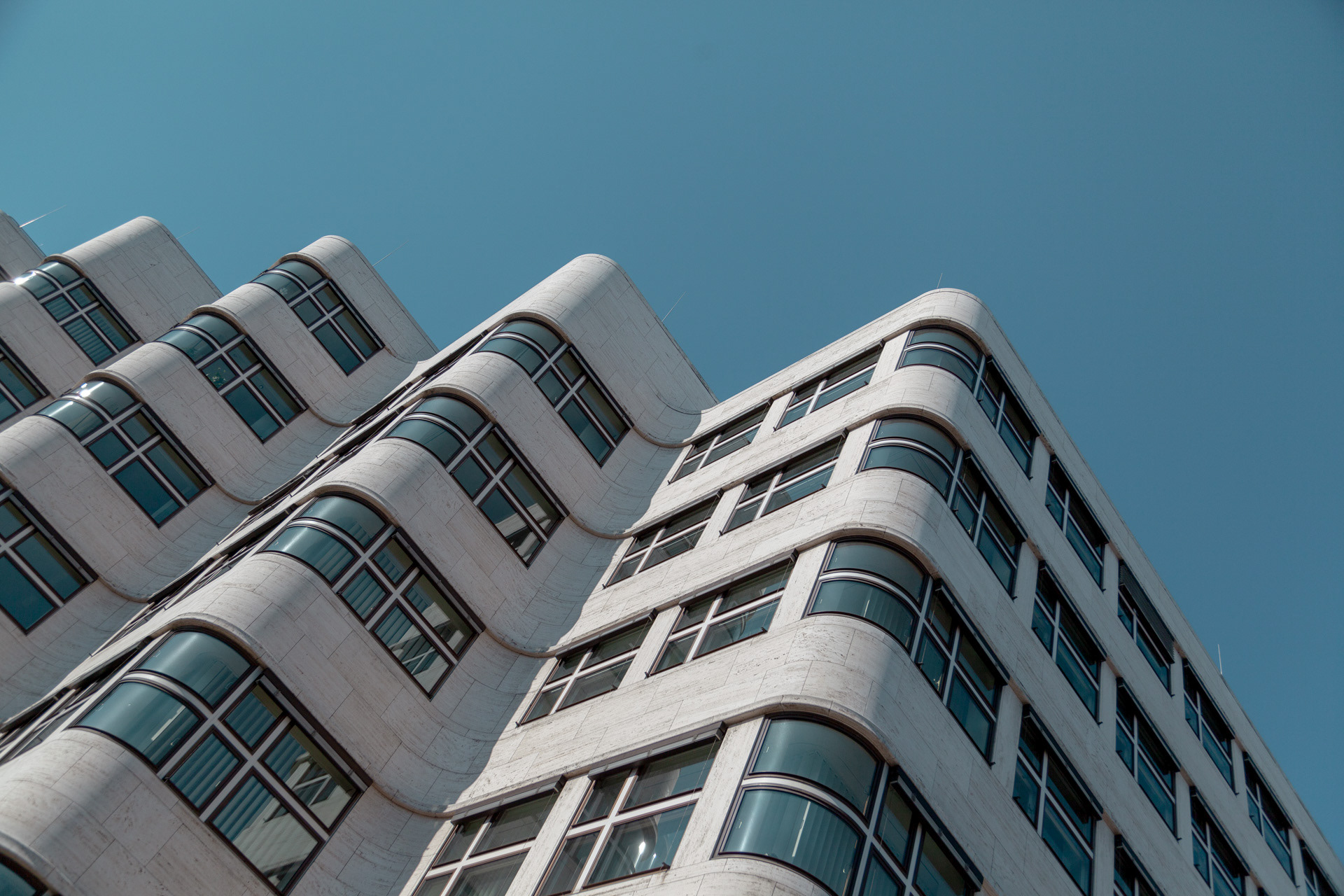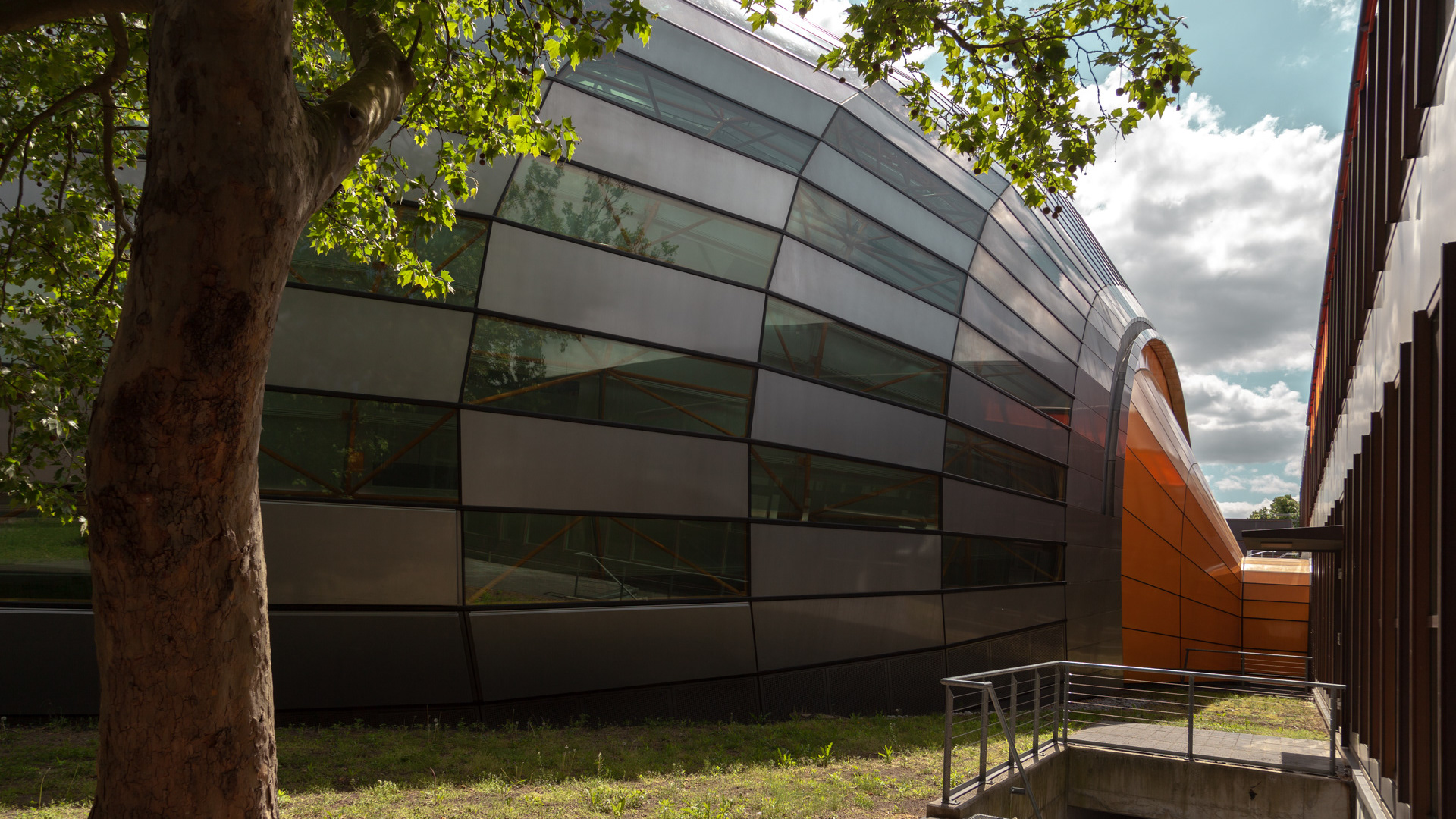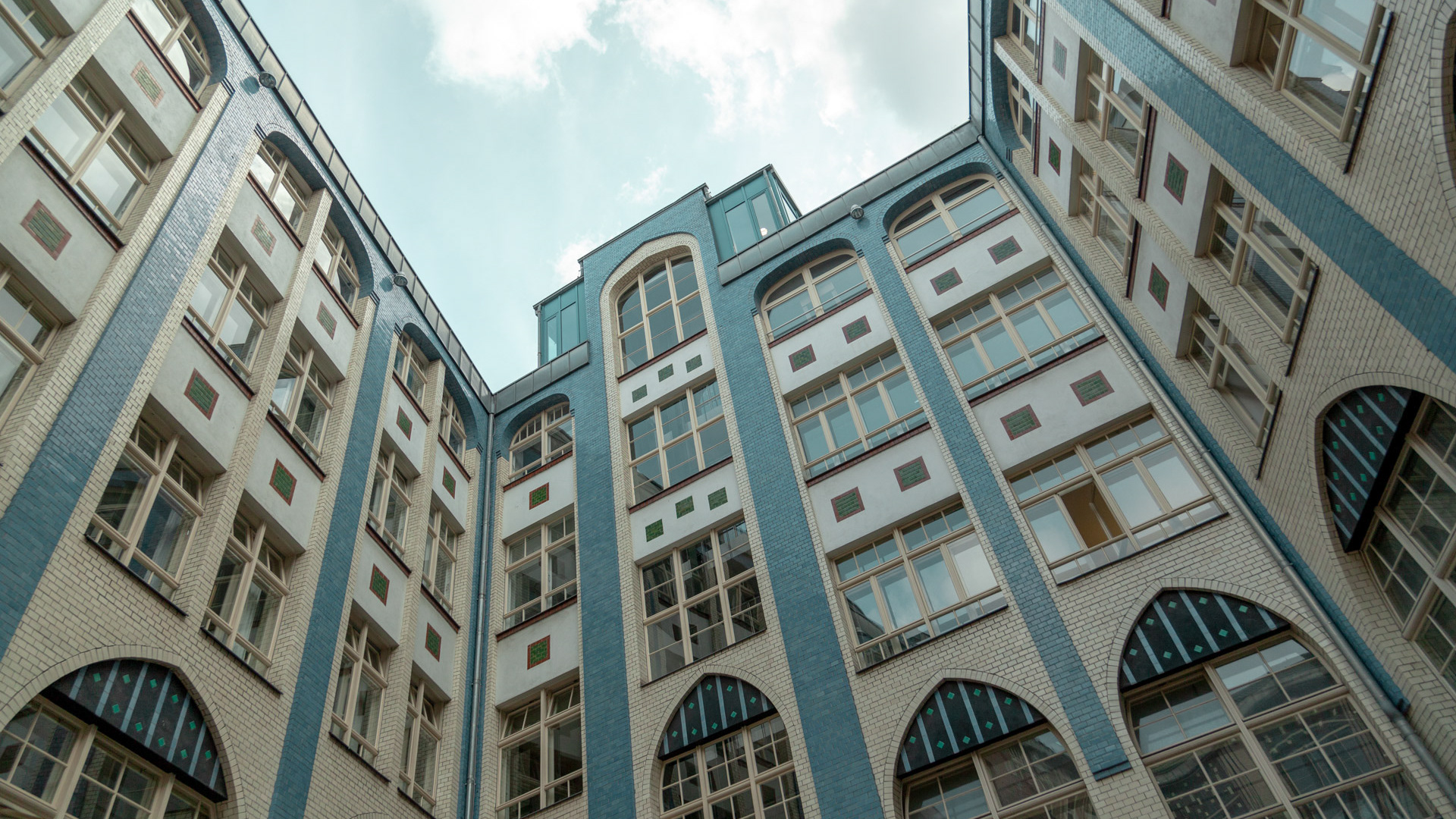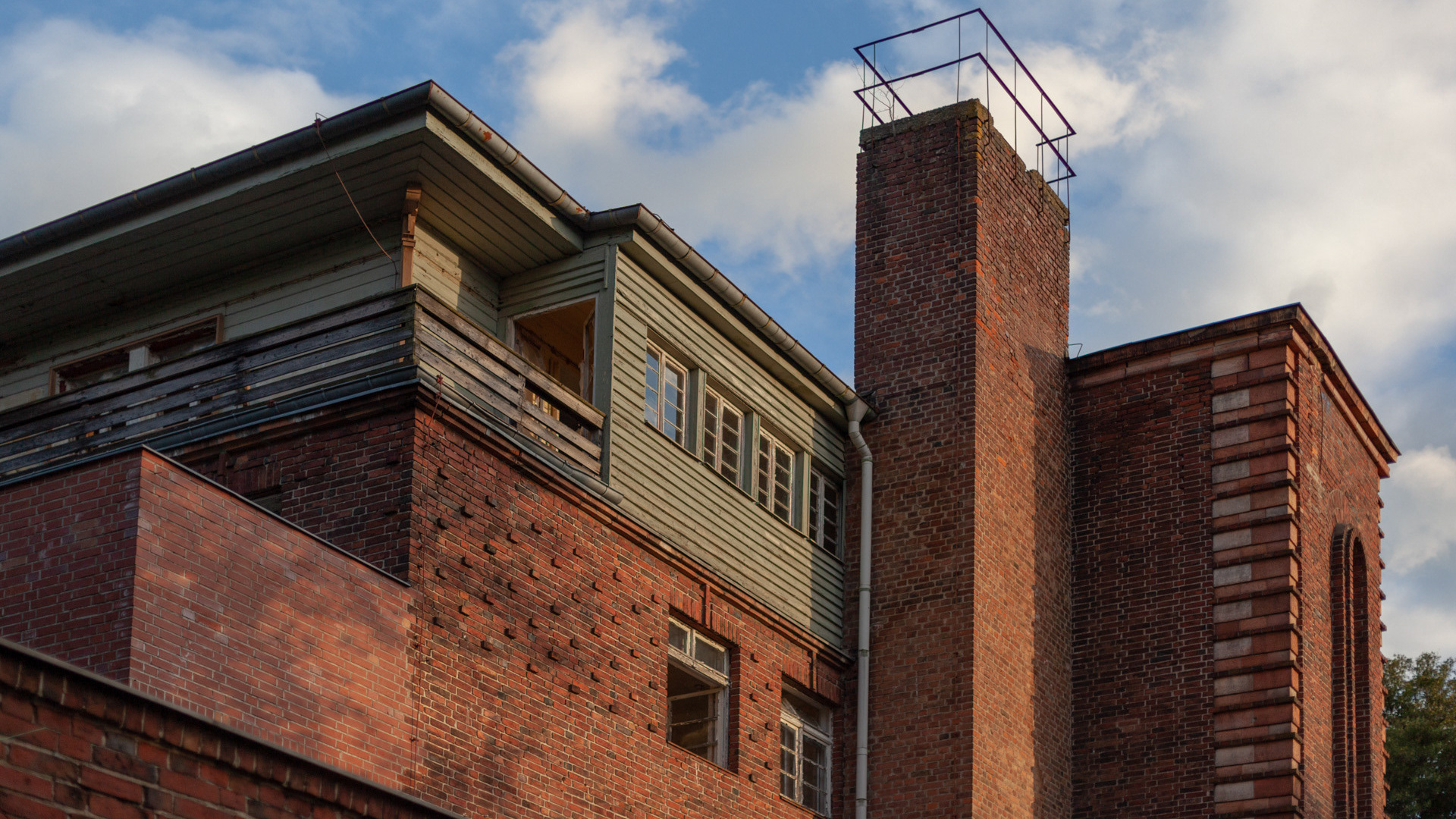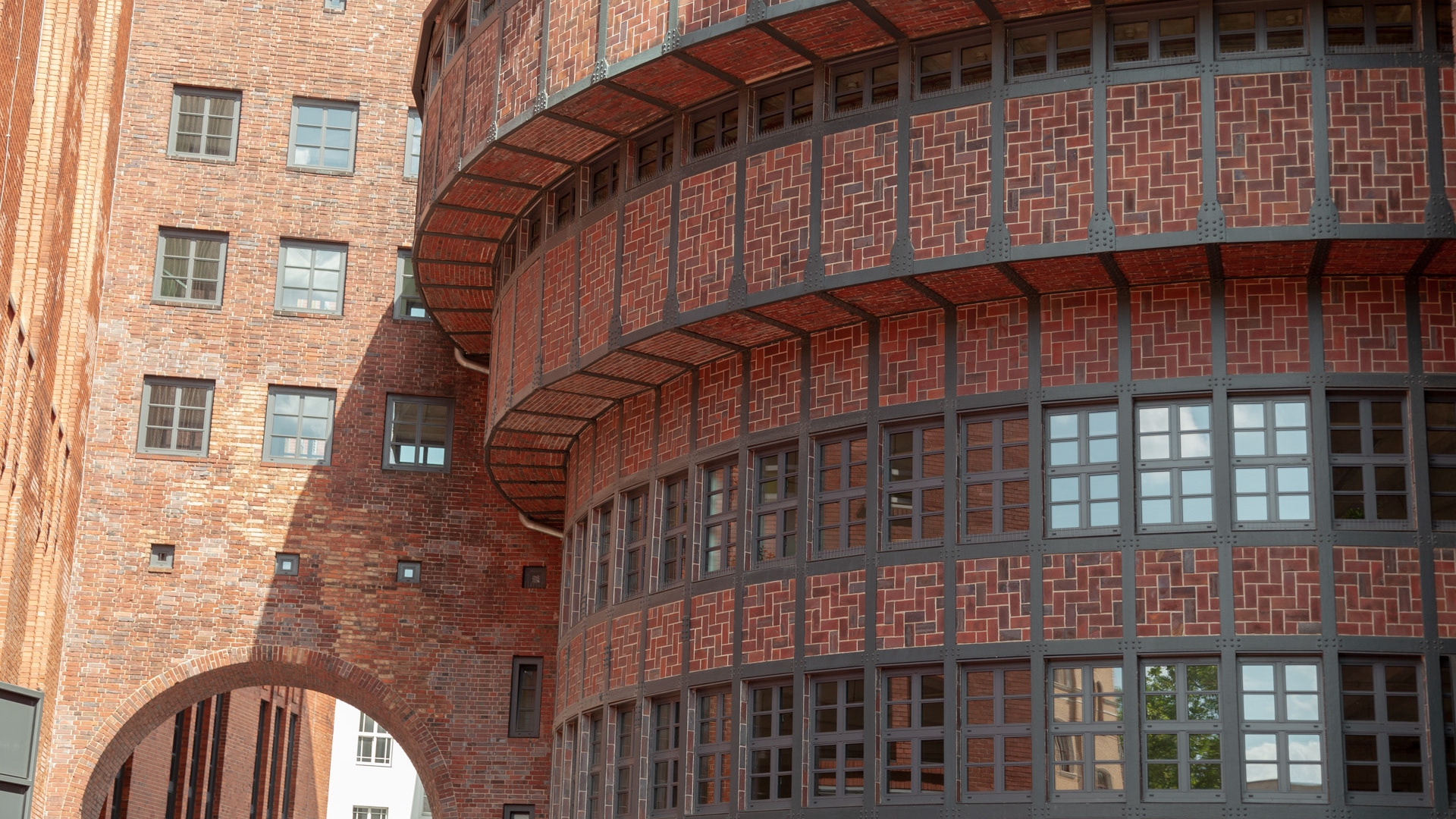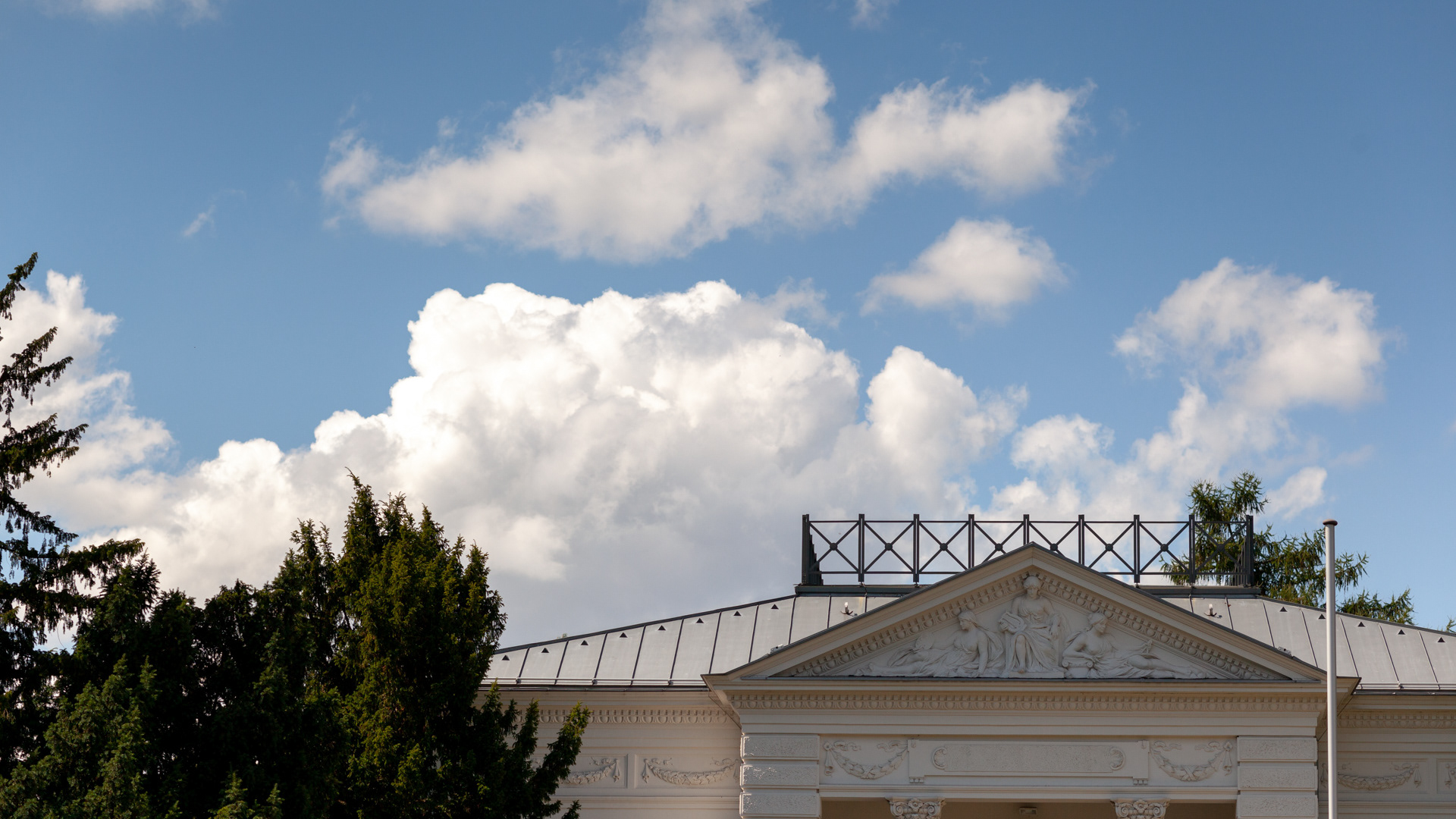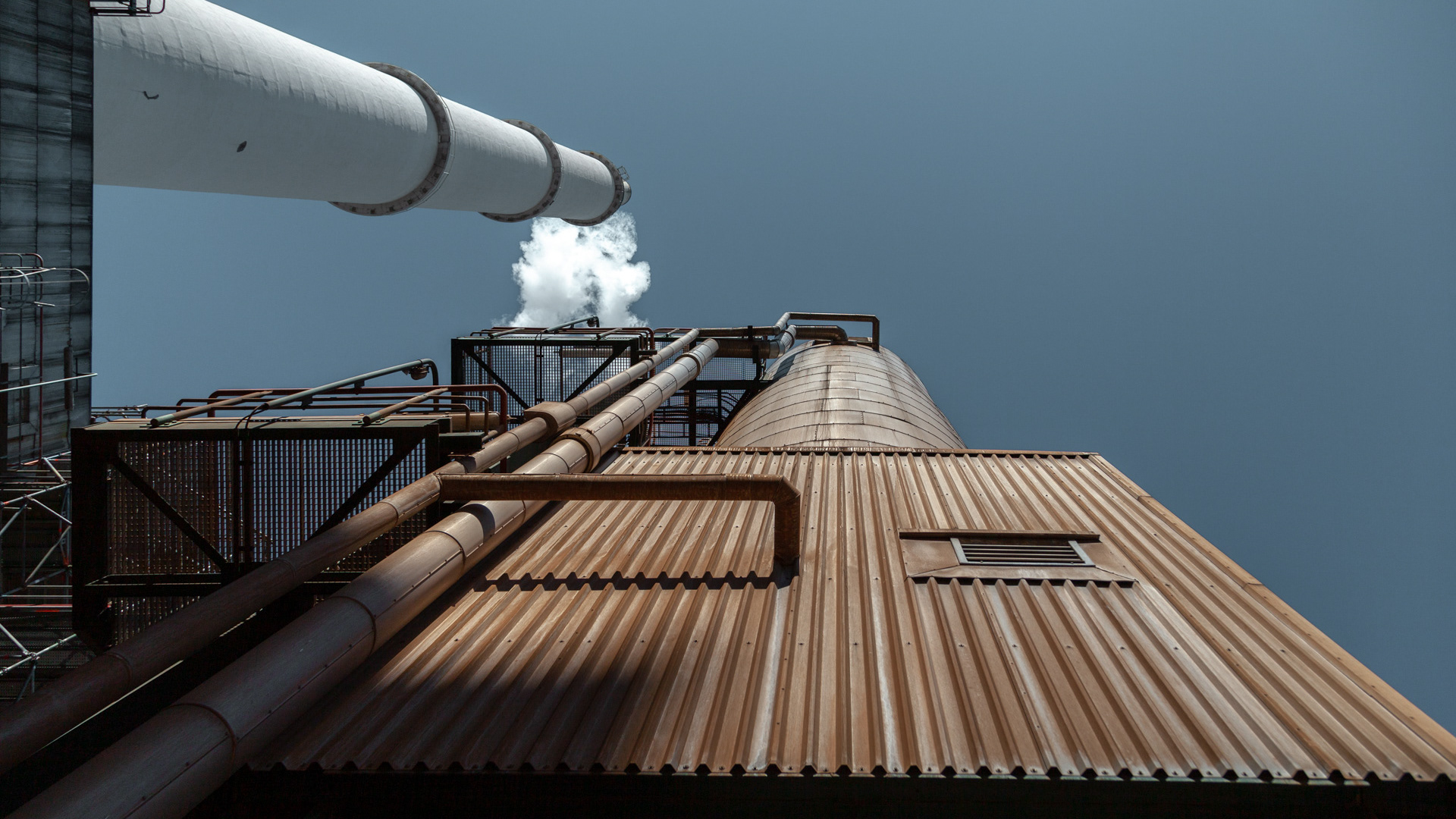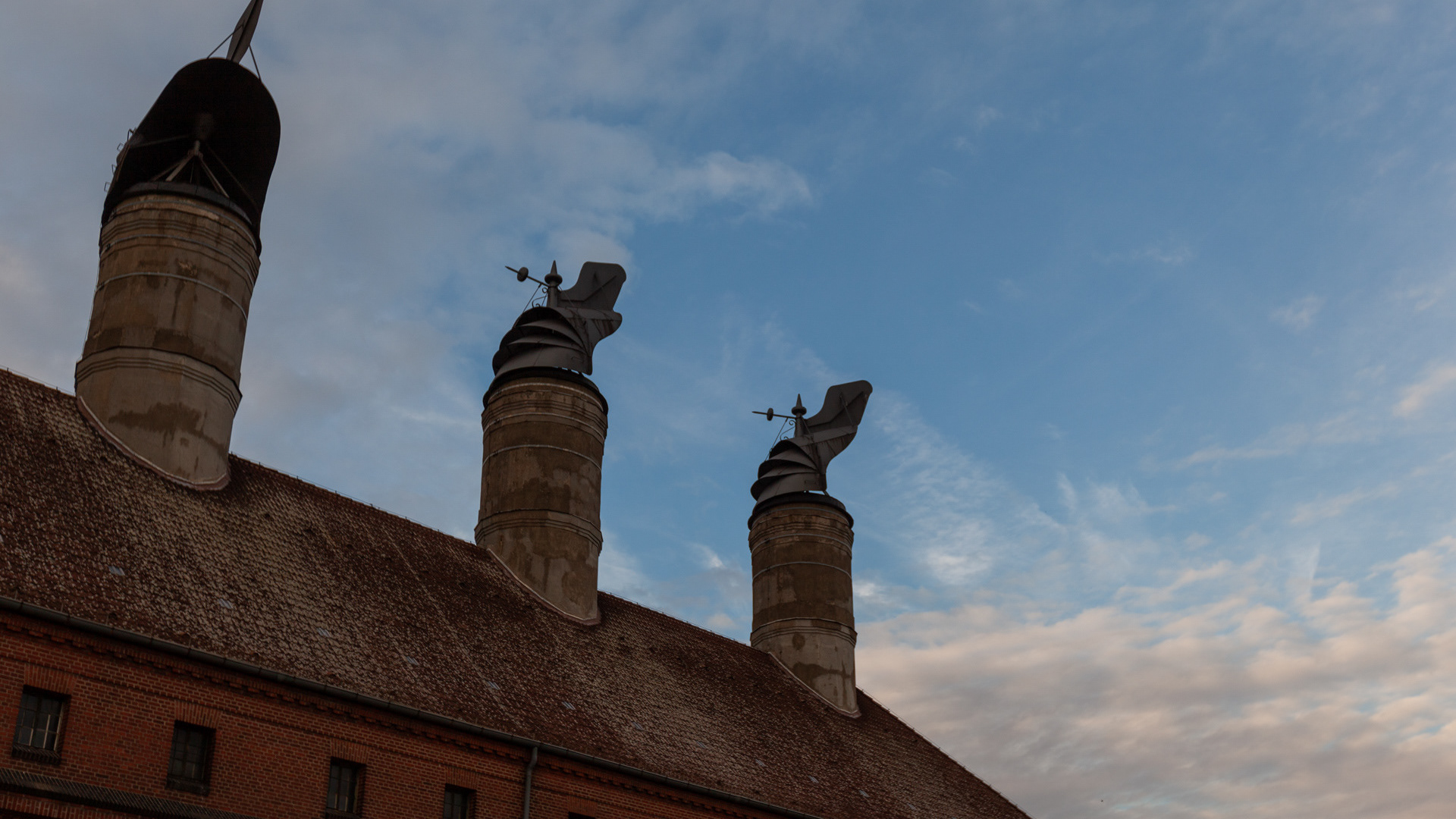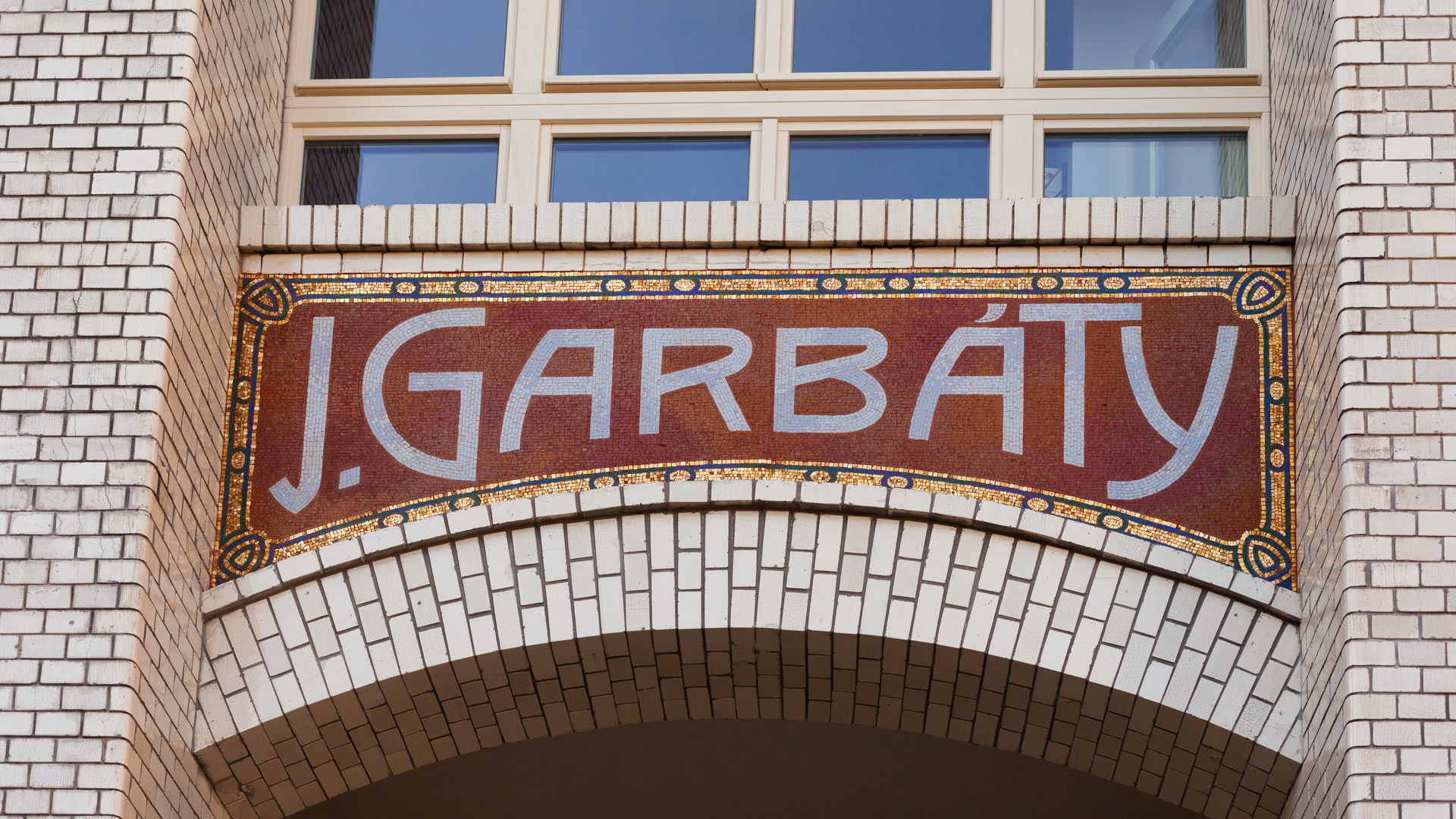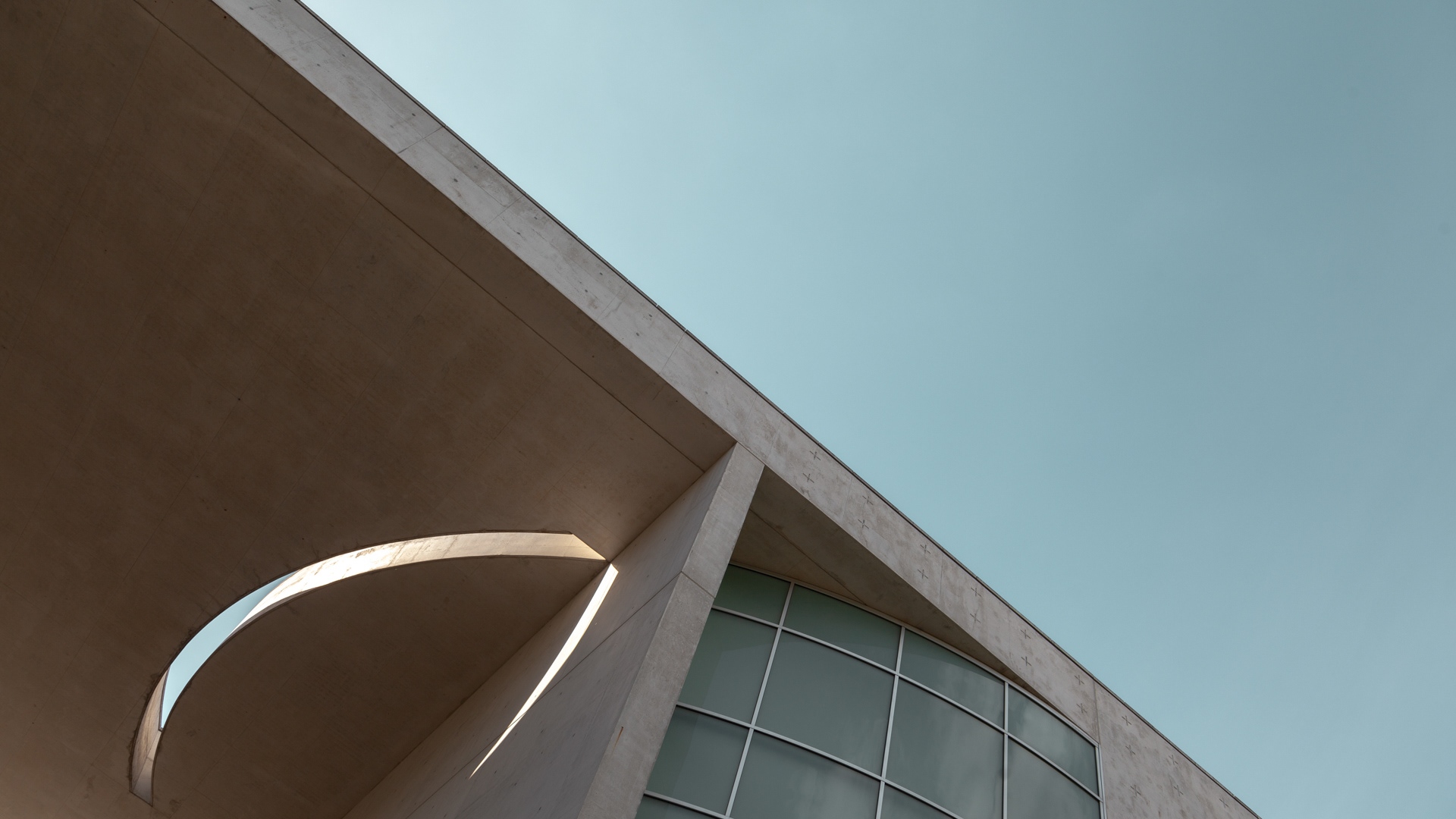The Shell-Haus is considered a classical modernist architectural masterwork built by the German architect and professor Emil Fahrenkamp and opened in 1932.
At the time the building was noted for its modernist design, for its striking wave-like façade, and for being one of the first steel-framed high-rise buildings in Berlin. In retrospect it is regarded as Fahrenkamp’s masterpiece and one of the most significant office block designs of the Weimar Republic.
Shell-Haus’ simplistic graceful forms are stylistically reminiscent of the German modern realist movement New Objectivity, but Fahrenkamp also incorporated more traditional aspects to his design. It is an example of organic architecture because of the visual language from which the design drew inspiration, reminiscent of the movement of water.
The most eye-catching feature of Shell-Haus is its main façade, which jumps forward in six gentle waves whilst at the same time increasing in height from six levels (five at the back) to ten. The building itself comprises four wings situated around a four-sided inner courtyard.
The buildings survived to the WWII but it underwent a great deal of additional restoration until the present day, but in the end this work was awarded with the monument preservation prize medal.
It is still used as office space and GASAG, Berlin’s gas company, has its headquarters here.
At the time the building was noted for its modernist design, for its striking wave-like façade, and for being one of the first steel-framed high-rise buildings in Berlin. In retrospect it is regarded as Fahrenkamp’s masterpiece and one of the most significant office block designs of the Weimar Republic.
Shell-Haus’ simplistic graceful forms are stylistically reminiscent of the German modern realist movement New Objectivity, but Fahrenkamp also incorporated more traditional aspects to his design. It is an example of organic architecture because of the visual language from which the design drew inspiration, reminiscent of the movement of water.
The most eye-catching feature of Shell-Haus is its main façade, which jumps forward in six gentle waves whilst at the same time increasing in height from six levels (five at the back) to ten. The building itself comprises four wings situated around a four-sided inner courtyard.
The buildings survived to the WWII but it underwent a great deal of additional restoration until the present day, but in the end this work was awarded with the monument preservation prize medal.
It is still used as office space and GASAG, Berlin’s gas company, has its headquarters here.
